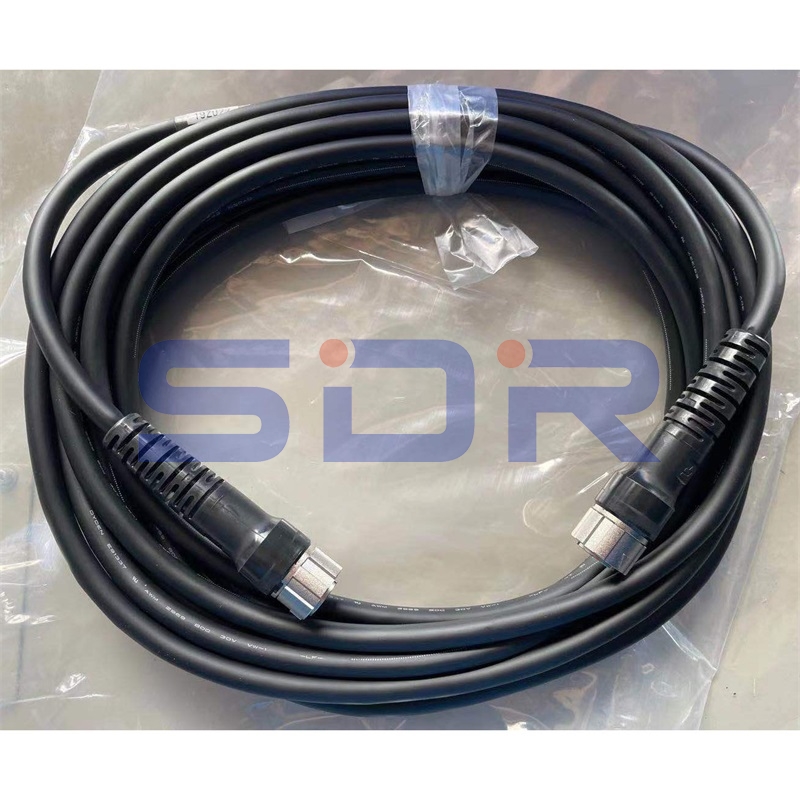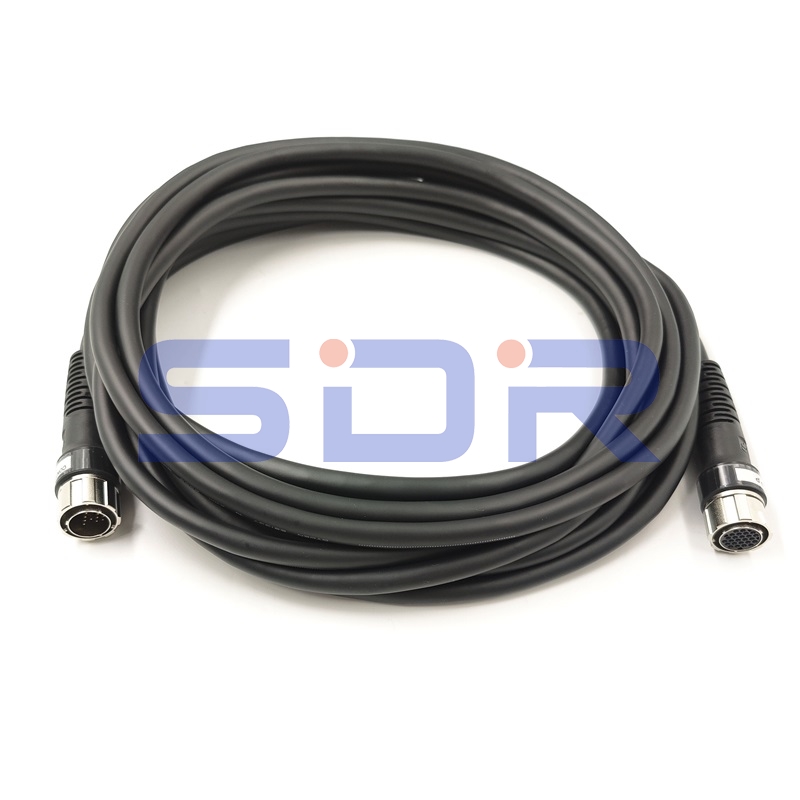YASKAWA is a Japanese company that specializes in the development of industrial robots, motion control products, and systems. The company has a range of teach pendants, which are handheld devices used to program and control their industrial robots. One critical component of these teach pendants is the cable that connects them to the robot arm. In this article, we will describe the YASKAWA Robot Teach Pendant Cable in detail.

Construction
The YASKAWA Robot Teach Pendant Cable is made up of several components. The outer casing is usually made of thermoplastic or thermoset material that provides the cable with strength, flexibility, and durability. The casing is usually color-coded to make it easier to identify and differentiate from other cables. The cable length can vary depending on the robot model, but it is typically between 3 and 5 meters long.
The cable contains several conductive wires that transmit data and power between the teach pendant and the robot arm. These wires are typically made of copper or aluminum and are coated with an insulating material to prevent electrical interference. The wires are grouped together in a bundle, which is then wrapped with a protective shield to prevent electromagnetic interference.
The connectors at either end of the cable are made of metal and are designed to fit snugly into the ports on the teach pendant and the robot arm. The connectors are usually color-coded or have specific markings to ensure they are connected correctly.

Functionality
The YASKAWA Robot Cables is designed to transmit data and power between the teach pendant and the robot arm. The data transmitted includes instructions for the robot's movements, speed, and other parameters that the operator sets using the teach pendant. The Teach Pendant Cable also transmits feedback from the robot, such as its current position, speed, and any errors that occur during operation.
The teach pendant cable also provides power to the robot arm, allowing it to function without the need for an external power source. The amount of power transmitted depends on the robot model and the specific requirements of the application.